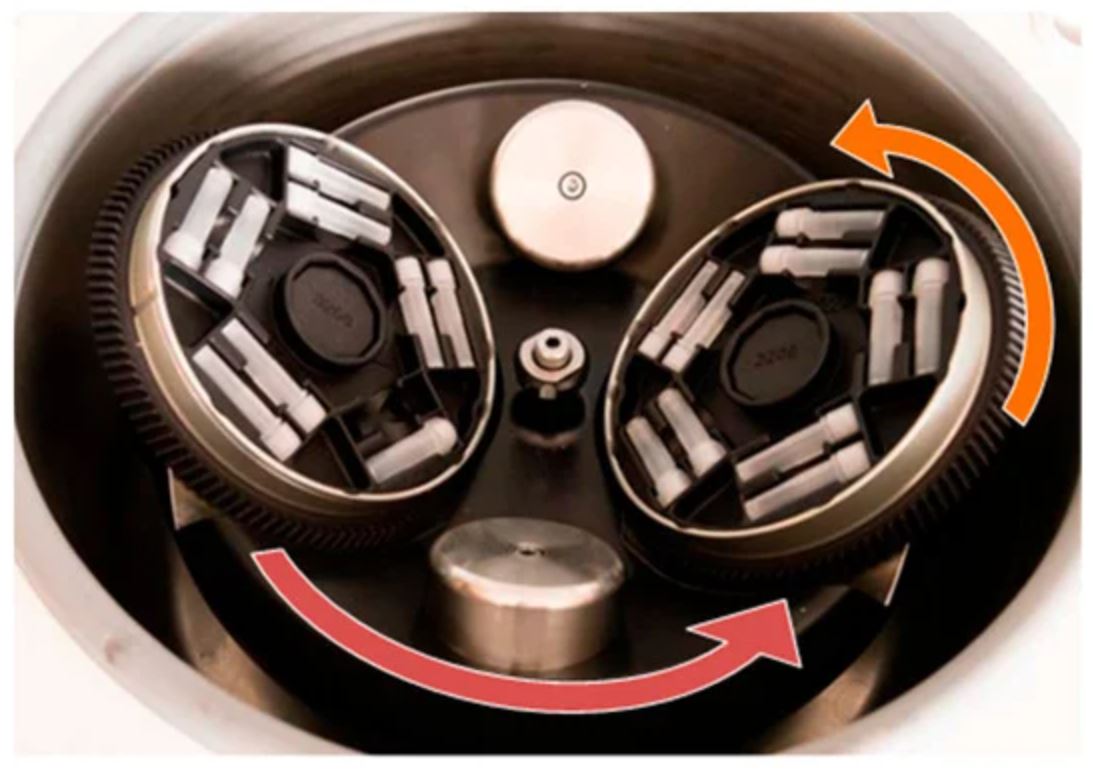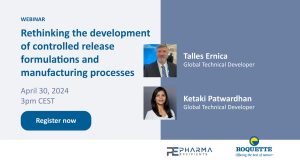Solubility of Poorly Soluble Drugs in Phosphatidylcholine-Based Drug Delivery Systems: Comparison of the Loading Capacity in the Bulk Formulation and Its Dispersed State

Abstract
Introduction
Many new drug candidates are poorly soluble in water [1,2]. Lipid-based formulations are an interesting approach for the oral delivery of these drugs because they enable the administration of the drug in a dissolved form and can enhance the absorption by forming solubilizing structures in the gastrointestinal tract [3,4,5]. Lipid-based formulations can be simple oily solutions of a drug, but many formulations additionally contain surfactants and co-solvents. These formulations are called self-dispersing or self-emulsifying drug delivery systems (SEEDS) because they disperse in the gastrointestinal tract upon slight movement and contact with the aqueous environment. The fraction of synthetic surfactants and co-solvents in the formulations usually lies between 30 and 60% [5]. In contrast to synthetic surfactants, which can have irritating effects when used in high concentrations [6,7], natural phospholipids are very well tolerated [8,9]. Further, they have emulsifying properties [8] and are therefore an interesting alternative to synthetic surfactants for these formulations. A previously conducted comprehensive miscibility study identified homogeneous and stable mixtures based on phosphatidylcholines as natural emulsifiers.
What was developed were both liquid formulations based on oils, and semi-solid formulations based on fats [10]. The most promising results were achieved with mixtures consisting of oils and the soybean phosphatidylcholine Phospholipon 90 G and ethanol as co-solvents. These formulations contained a high fraction of phosphatidylcholine and exhibited self-dispersing properties in simulated gastrointestinal fluids [10]. A subsequent study demonstrated that these formulations can be converted into solid oral dosage forms by filling in hard capsules. Selected formulations exhibited suitable properties for the liquid-filling process and were compatible with hydroxypropyl methylcellulose (HPMC) capsules [11].
Most lipid-based formulations contain the hydrophobic drug in a dissolved state so that the slow dissolution step can be bypassed [12]. The solubility of the drug substance in the drug delivery system must therefore be considered during the development phase. Major challenges with lipid-based systems are, however, the dispensing and mixing of the highly viscous or semi-solid formulations, which are usually necessary for the screening methods used for solubility testing [13]. On a laboratory scale, the loading of lipid-based formulations is often accomplished through the simple magnetic stirring of the formulation until the drug is dissolved. In the case of highly viscous formulations, processing is conducted at higher temperatures [14,15,16]. However, the use of heat is critical when thermo-sensitive drugs and excipients are processed. Elevated temperatures can also lead to the supersaturation of the formulations and, as a result, the delayed precipitation of the drug substance [17,18].
One method suitable for mixing highly viscous systems is dual centrifugation. Similar to conventional centrifugation, the samples are rotated around a central axis. In addition, however, dual centrifugation involves rotating the sample around a second axis, which causes the directions of the centrifugal forces to change constantly (Figure 1). These superimposed motions result in strong shearing effects and effective homogenization [19]. Dual centrifugation is therefore very well suited for the loading of highly viscous lipid formulations. It is further suitable for laboratory-scale loading screenings [20] as it allows working with small amounts of formulations and enables the simultaneous processing of multiple samples. Since processing is performed in tightly sealed disposable tubes, sterile preparations can be manufactured as well as formulations with toxic or irritating substances [19].
When determining the maximum possible loading capacity of lipid-based formulations, events in the gastrointestinal tract must also be taken into account. After entering the gastrointestinal tract, the formulation will be diluted and later digested. With this comes the risk of the precipitation of the poorly water-soluble drug because the solubility might be lower in the particles formed upon dispersion [12,22]. Therefore, it is also of interest to study the loading capacity of lipid-based formulations in the dispersed state in order to prevent overloading. One possible method is passive loading, which has previously been used in loading studies on lipid carrier systems such as nanoemulsions, nanosuspensions, and colloidal liposome dispersions [23,24].
First, the drug-free carrier particles are prepared, and the drug is then added to the dispersion in powdered form. After sufficient incubation time, the excess drug is removed, and the amount of drug loaded to the dispersion is determined [24]. This method has been successfully used for loading studies with poorly water-soluble drugs and drug candidates [23,24,25,26], needing only very small amounts of the compounds. In this approach, the drug is not thermally stressed. In addition, overloading the carrier particles is unlikely since loading occurs through the diffusion of dissolved drug molecules through the aqueous phase. However, due to the loading mechanism, this approach is not suitable for active ingredients with very low water solubilities of less than 10 ng/mL [27]. An important prerequisite for the determination of the loading capacity in using this method is the reliable separation of the carrier particles from the powdered drug substance.
The aim of this study was to determine the drug loading capacity of phosphatidylcholine-based formulations for different hydrophobic drugs. The direct loading of the bulk formulation was conducted using dual centrifugation. For comparison with the solubility in the dispersed state, nanodispersions were prepared from the bulk formulations and subjected to passive loading, enabling a preview on possible precipitation after dispersion. Furthermore, the influence of the phosphatidylcholine fraction on the loading capacity was evaluated, as well as the impact of the drug loading on the self-dispersing properties of the formulation. A newly developed method was used to simultaneously quantify the phospholipids and oil in the nanodispersion using HPLC with Charged Aerosol Detection.
Download the full article as PDF here: Solubility of Poorly Soluble Drugs in Phosphatidylcholine-Based Drug Delivery Systems
or read it here
Materials
The soybean phospholipid Phospholipon 90 G (94–102% phosphatidylcholine, <4% monoacylphosphatidylcholine, tocopherole, ascorbylpalmitate, according to the supplier’s specifications) was a gift from Lipoid GmbH (Ludwigshafen am Rhein, Germany). The medium-chain triglycerides Miglyol 812 (Miglyol) were purchased from Caelo (Hilden, Germany) and ethanol 96% (HPLC quality) was purchased from Fisher Chemical (Loughborough, UK). The model drugs in this study were artemether (Acros Organics, Geel, Belgium), cannabidiol (THC Pharm, Frankfurt am Main, Germany), clofazimine (Acros Organics, Geel, Belgium) and fenofibrate (Cayman Chemical, Ann Arbor, MI, USA).
The Simulated Gastric Fluid (SGF) had a pH of 1.2 and was prepared from hydrochloric acid 37% (Sigma Aldrich, St. Louis, MO, USA) and sodium chloride (Carl Roth, Karlsruhe, Germany) according to the European Pharmacopoeia [39]. Phosphate buffer pH 6.5 contained 10 mmol of sodium dihydrogen phosphate (Merck KGaA, Darmstadt, Germany) and was preserved with 0.05% sodium azide (Carl Roth, Karlsruhe, Germany). Water for the media was purified via bidistillation. For HPLC and for the dilution of samples for photon correlation spectroscopy (PCS), ultrapure water was obtained via filtration and deionization (EASYpure TM LF, Barnstead, MA, USA).
Solvents used for HPLC measurements with Charged Aerosol Detection were of LC-MS quality. Acetonitrile LC-MS and methanol LC-MS were purchased from Carl Roth (Karlsruhe, Germany), and formic acid LC-MS was purchased from VWR International GmbH (Darmstadt, Germany). For HPLC with UV detection, acetonitrile and methanol were used in HPLC-quality from Carl Roth (Karlsruhe, Germany).
Grüne, L.; Bunjes, H. Solubility of Poorly Soluble Drugs in Phosphatidylcholine-Based Drug Delivery Systems: Comparison of the Loading Capacity in the Bulk Formulation and Its Dispersed State. Pharmaceuticals 2024, 17, 400. https://doi.org/10.3390/ph17030400
See our next webinar:
“Rethinking the development of controlled release formulations and manufacturing processes”
Date: 30th of April, Time: 3:00 pm (Amsterdam, Berlin)


